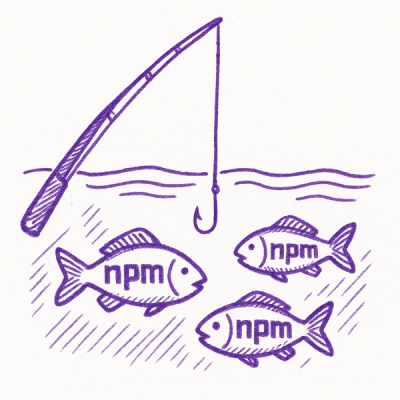geocode-sqlite




Geocode rows from a SQLite table
Installation
Install this tool using pip or pipx:
pip install geocode-sqlite
pipx install geocode-sqlite
Usage
Let's say you have a spreadsheet with addresses in it, and you'd like to map those locations.
First, create a SQLite database and insert rows from that spreadsheet using sqlite-utils.
sqlite-utils insert data.db data data.csv --csv
Now, geocode it using OpenStreetMap's Nominatim geocoder.
geocode-sqlite nominatim data.db data \
--location="{address}, {city}, {state} {zip}" \
--delay=1 \
--user-agent="this-is-me"
In the command above, you're using Nominatim, which is free and only asks for a unique user agent (--user-agent).
This will connect to a database (data.db) and read all rows from the table data (skipping any that already
have both a latitude and longitude column filled).
You're also telling the geocoder how to extract a location query (--location) from a row of data, using Python's
built-in string formatting, and setting a rate limit (--delay) of one request per second.
For each row where geocoding succeeds, latitude and longitude will be populated. If you hit an error, or a rate limit,
run the same query and pick up where you left off.
The resulting table layout can be visualized with datasette-cluster-map.
Under the hood, this package uses the excellent geopy library, which is stable and thoroughly road-tested. If you need help understanding a particular geocoder's options, consult geopy's documentation.
Supported Geocoders
The CLI currently supports these geocoders:
binggooglev3mapquest (and open-mapquest)mapboxnominatimopencage
Adding new geocoders
- Open an issue with the name of the geocoding service as the ticket title (example). Put any noteworthy implementation details in the ticket body, like where to get an API key if one is required.
- Fork the repo and add a geocoder.
- Add an example to the
Makefile. Add tests if there's new shared functionality.
Common arguments and options
Each geocoder needs to know where to find the data it's working with. These are the first two arguments:
database: a path to a SQLite file, which must already existtable: the name of a table, in that database, which exists and has data to geocode
From there, we have a set of options passed to every geocoder:
location: a string format that will be expanded with each row to build a full query, to be geocodeddelay: a delay between each call (some services require this)latitude: latitude column namelongitude: longitude column namegeojson: store results as GeoJSON, instead of in latitude and longitude columnsspatialite: store results in a SpatiaLite geometry column, instead of in latitude and longitude columnsraw: store raw geocoding results in a JSON column
Each geocoder takes additional, specific arguments beyond these, such as API keys. Again, geopy's documentation is an excellent resource.
Using SpatiaLite
The --spatialite flag will store results in a geometry column, instead of latitude and longitude columns. This is useful if you're doing other GIS operations, such as using a spatial index. See the SpatiaLite cookbook and functions list for more of what's possible.
Capturing additional geocoding data
Geocoding services typically return more data than just coordinates. This might include accuracy, normalized addresses or other context. This can be captured using the --raw flag. By default, this will add a raw column and store the full geocoding response as JSON. If you want to rename that column, pass a value, like --raw custom_raw.
The shape of this response object will vary between services. You can query specific values using SQLite's built-in JSON functions. For example, this will work with Google's geocoder:
select
json_extract(raw, '$.formatted_address') as address,
json_extract(raw, '$.geometry.location_type') as location_type
from
innout_test
Check each geocoding service's documentation for what's included in the response.
Python API
The command line interface aims to support the most common options for each geocoder. For more fine-grained control, use the Python API.
As with the CLI, this assumes you already have a SQLite database and a table of location data.
from geocode_sqlite import geocode_table
from geopy.geocoders import Nominatim
nominatim = Nominatim(user_agent="this-is-me", domain="nominatim.local.dev", scheme="http")
count = geocode_table("data.db", "data", query_template="{address}, {city}, {state} {zip}")
print(f"Geocoded {count} rows")
Any geopy geocoder can be used with the Python API.
Development
To contribute to this tool, first checkout the code. Then create a new virtual environment:
cd geocode-sqlite
python -m venv .venv
source .venv/bin/activate
Or if you are using pipenv:
pipenv shell
Now install the dependencies and tests:
pip install -e '.[test]'
To run the tests:
pytest
Please remember that this library is mainly glue code between other well-tested projects, specifically: click, geopy and sqlite-utils. Tests should focus on making sure those parts fit together correctly. We can assume the parts themselves already work.
To that end, there is a test geocoder included: geocode_sqlite.testing.DummyGeocoder. That geocoder works with an included dataset of In-N-Out Burger locations provided by AllThePlaces. It works like a normal GeoPy geocoder, except it will only return results for In-N-Out locations using the included database.






